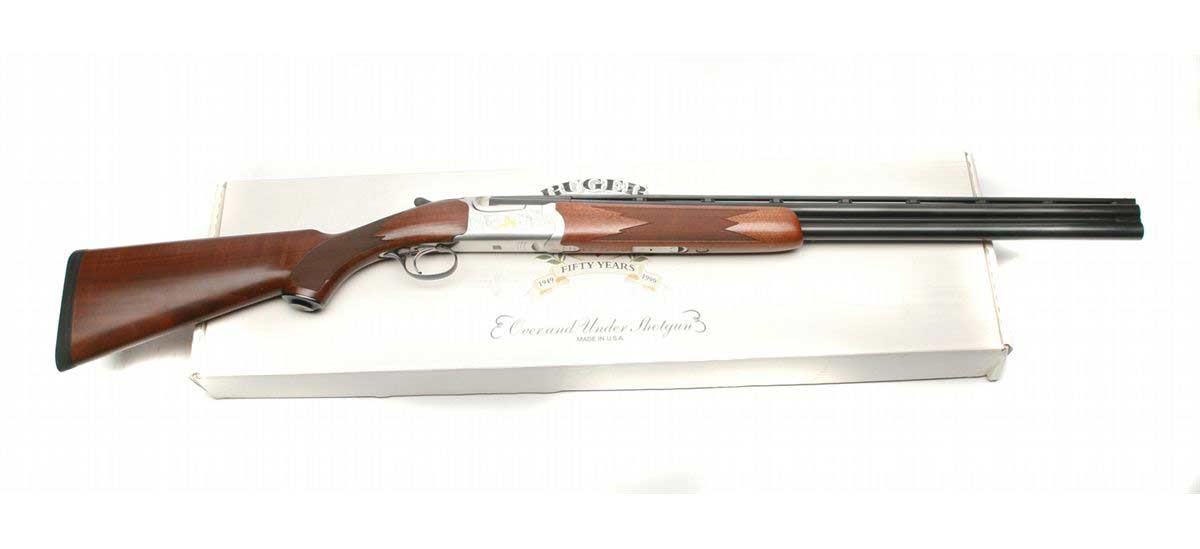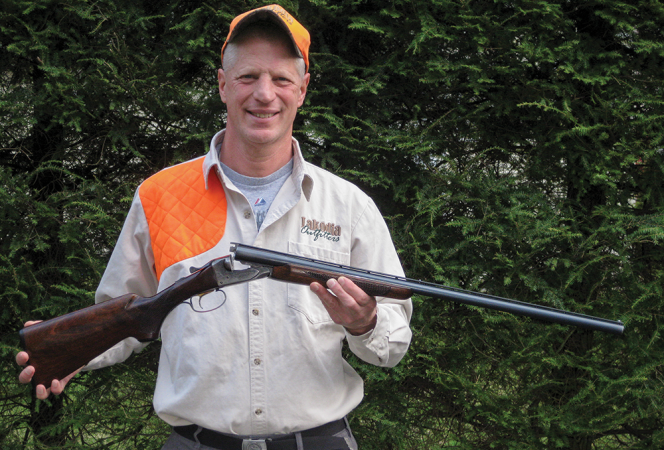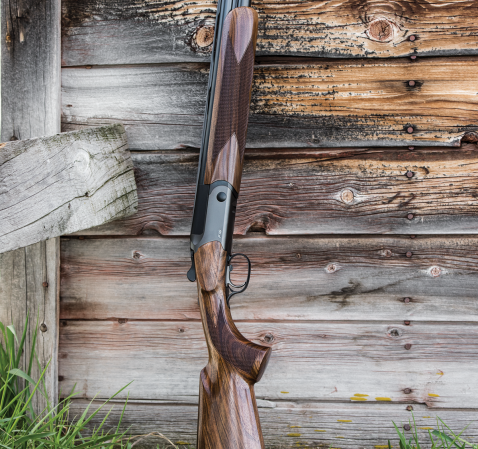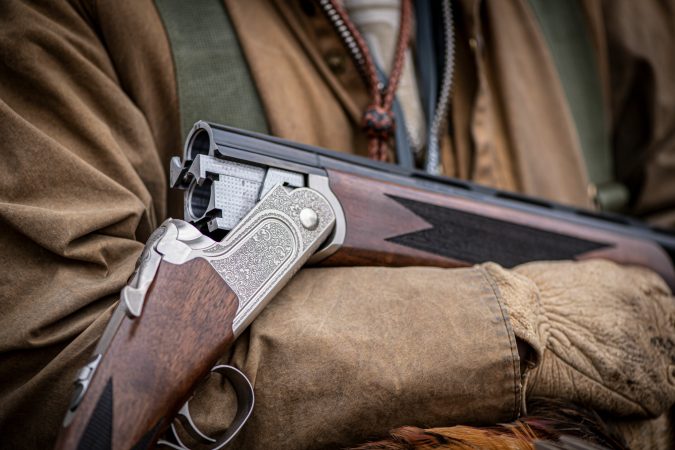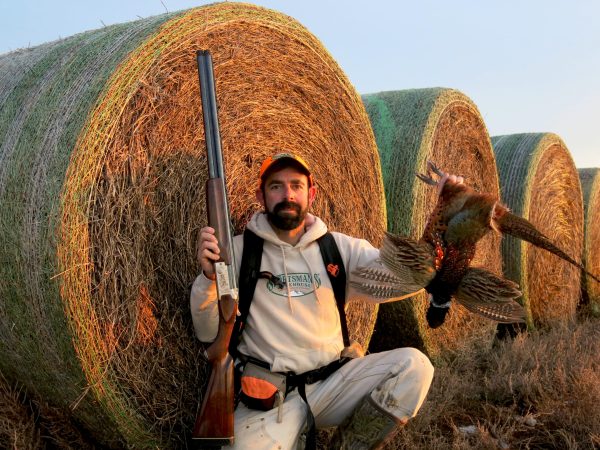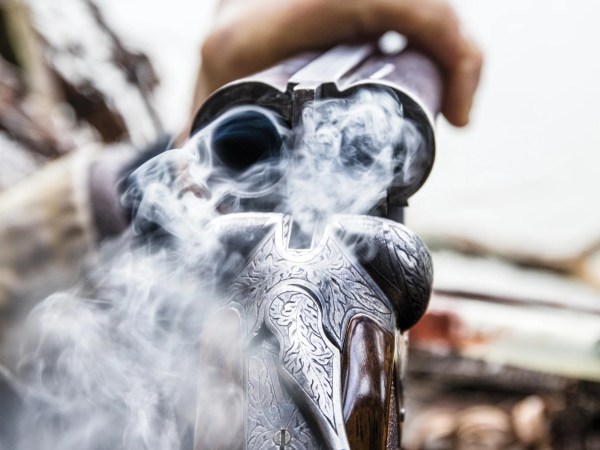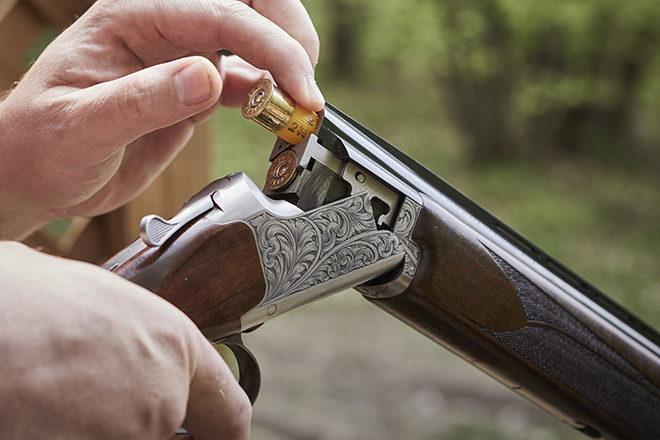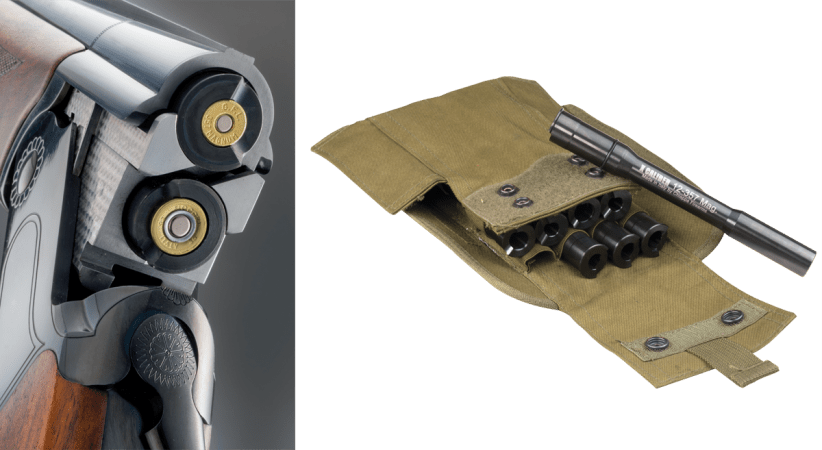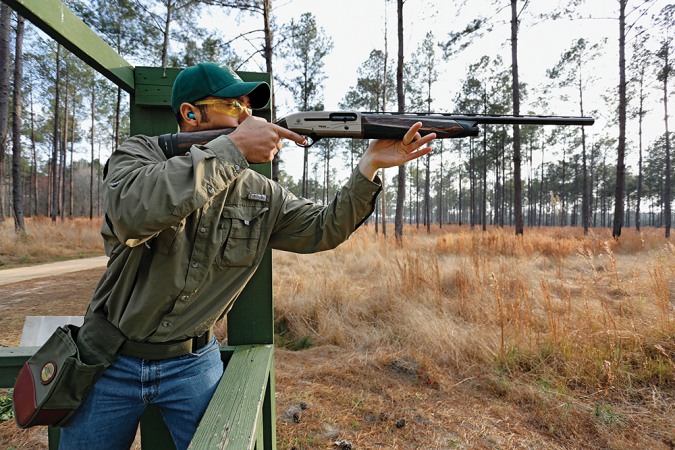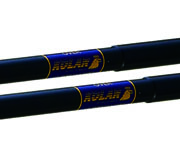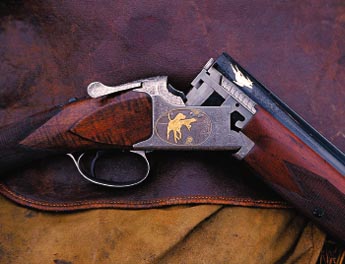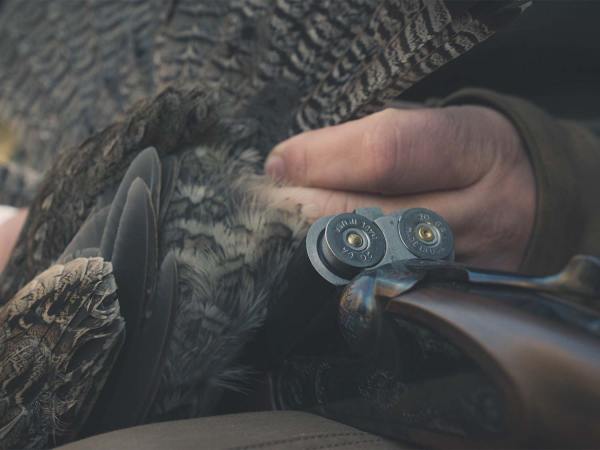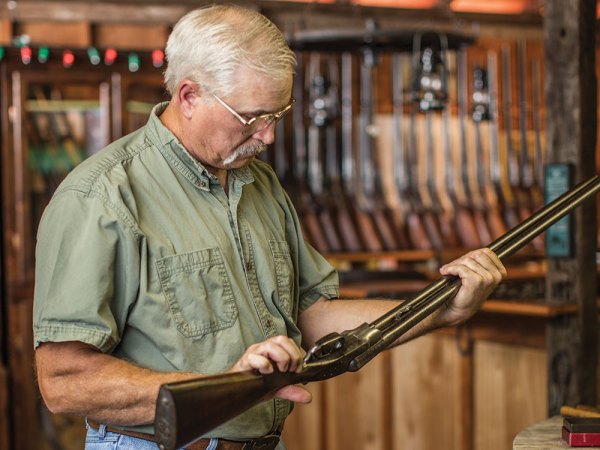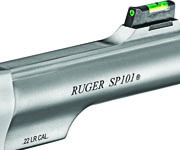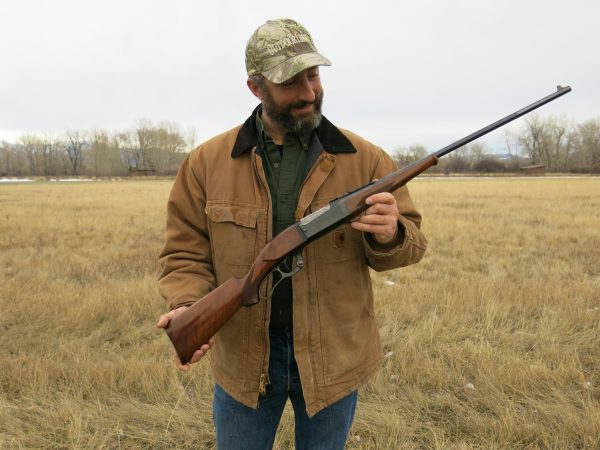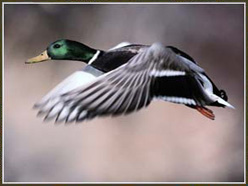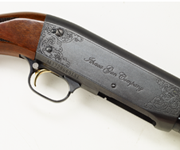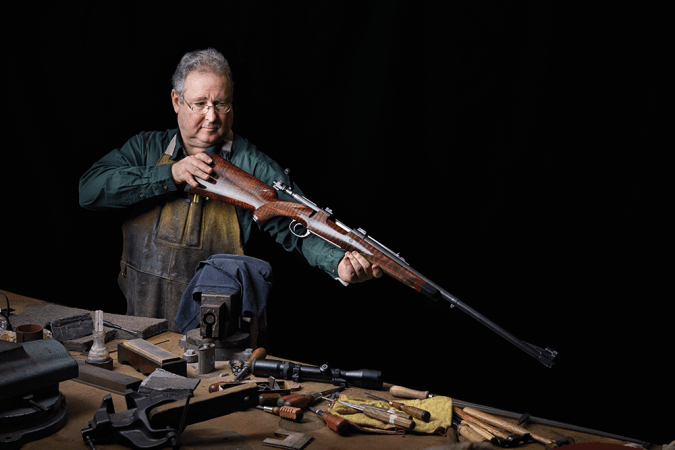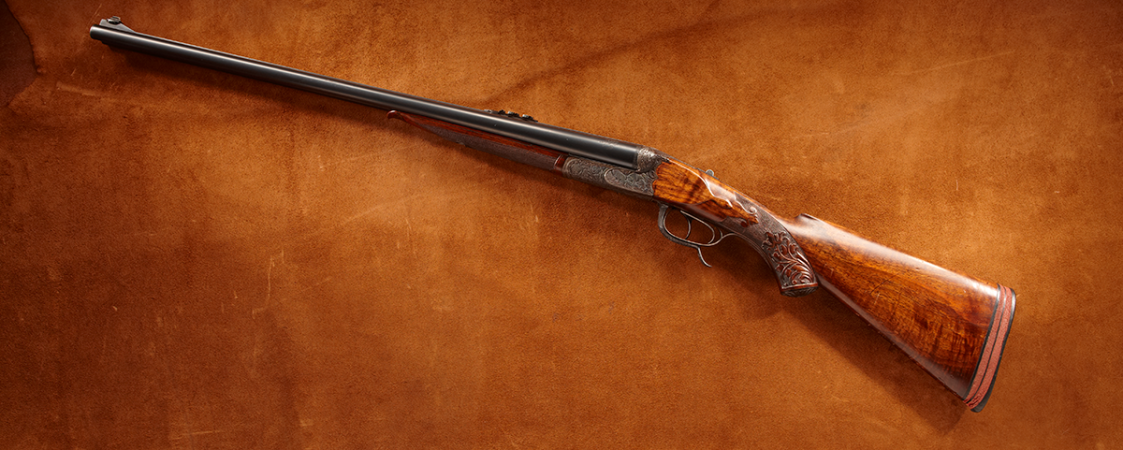We may earn revenue from the products available on this page and participate in affiliate programs. Learn More ›
Over/unders have almost completely taken over the double gun market. Good ones typically cost thousands of dollars because they are built to last for generations, functioning without fail even after tens of thousands of shotshell rounds have been fired through them. Beretta, Browning, Krieghoff, Caesar Guerini…the list of fine production gun manufacturers goes on. And there are still several bespoke shotgunmakers that sell custom doubles for more than most of us will make in a year; hell, 10 years.
But there are also quality O/Us that are far less expensive. Strangely, most were never highly sought after or have faded into obscurity. And though it’s difficult not to spend at least $1,000 in order to get a decent O/U these days, there are a few exceptions. So, if you are looking for a dependable field or clays gun that won’t drain your bank account—with the exception of the German-made Blaser F16—these are some of the best options.
1. Blaser F16

If you don’t want to spend $4,000 on a shotgun, I get it, but the German-made Blaser F16 is worth every penny. It’s a meticulously well-constructed firearm, something the Germans are well-known for. I shot this gun on skeet and trap several years ago when it first debuted, and although the recoil was a little on the heavy side for a 7.5-pound gun, it shot amazingly well from the high-gun position. But from low gun, I recall falling off a bit, which is to be expected, but also because the gun shot high. A co-worker patterned the F16 at the range and found that it shot a foot high at 25 yards. That’s just fine if you are a competitive clays shooter, but it’s not so great for bird hunters. The way you can remedy that is by buying the 2¼-inch drop buttstock, otherwise you will need to see quite a bit of open space below the target to be accurate with the F16. It’s an amazingly balanced O/U that has a weight system integrated into the stock that you can adjust for a custom fit. The 12-gauge has a crisp 4-pound trigger, but the one thing I am not a big fan of is the barrel selector is forward of the trigger. You may not find it bothersome, but if you’re used to a tang-mounted selector, it takes some getting used to.
2. Browning Citori Hunter Grade 1
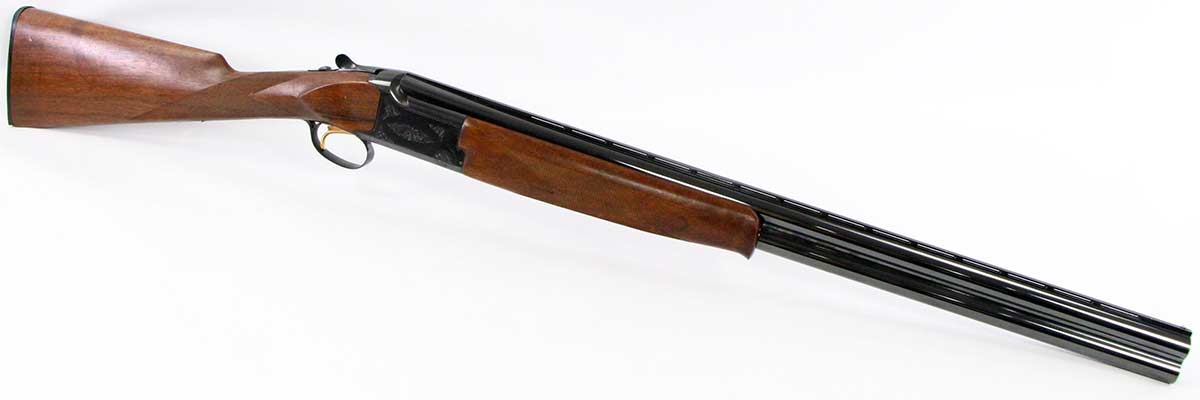
How does the most famous production over/under since the Browning Superposed make this list you ask? Well, even though Citoris are well-known, I don’t think this particular model is. Most think these O/Us are spendy, but this one can be had for under $1,000 if you look hard enough. The Grade 1 was the first Citori I ever owned. It’s basic in that there’s little or no scroll work on the sideplates, and not much checkering on the stock or fore-end. But if you’re really into that kind of thing, you can have it done after you buy the gun. The Grade 1 never let me down, and although the 12-gauge was a pretty hefty field gun, I’m a pretty hefty guy, so I never minded that much. I will say the recoil from 3-inch duck loads was less than enjoyable, but I mostly used it for pheasant forays and the odd round of skeet. The safety and barrel selector are tang-mounted, and if you can find one with 26-inch barrels, I highly recommend it, particularly if you will be shooting from a duck blind. The only reason I let mine go was to buy an Italian-made autoloader because I was spending less time in the uplands and more in the goose pit. I’ve never heard anyone complain about these Japanese-made double guns. If you buy one, you’ll likely never let it go. Check availability here.
3. Franchi Instinct L

You always get more than you pay for in a Franchi (in my experience) and although this Italian gunmaker doesn’t have the cache’ of Beretta, it still makes a damn fine gun. The Instinct L is available in .410, 28-, 20- and 12-gauge. It is an easy-to-carry field gun (the 12-gauge is just 7 pounds and the subgauges are several ounces to a pound lighter), plus the feel of this gun is phenomenal. It has a skinny fore-end much like that of big brother Benelli’s autoloaders. The 12-gauge carries like and has similar recoil as a 20, tough to find in a lightweight over/under, because there’s nowhere for the recoil to go except right into your shoulder. Auto ejectors expel spent hulls when you break the action open, but keep unfired rounds in place. One of the drawbacks of this gun is the automatic safety. Once you break the action open it goes on safe. That’s good for the field, but when you are shooting sporting clays, skeet, or trap it’s a pain in the ass to have to take your gun off safe every time you step up to shoot. I get that it’s a safety feature, but if you’re an experienced shooter it’s just an annoyance that can screw up a perfect round at the range. Check availability here.
4. Mossberg Silver Reserve II

The first generation of this gun was a bit clunky and didn’t have the feel of a quality-made over/under, but the Silver Reserve II turned out to be a damn fine field gun for under $900. It comes in several options, including a more basic field model with flush-mounted chokes and shell extractors that don’t automatically pop spent shells from the gun, which you will prefer if you are a shotshell re-loader. You can also upgrade to the Super Sport and get shell ejectors, ported barrels to dampen muzzle rise, and extended choke tubes, though I am not huge fan of Mossberg’s factory chokes (Briley makes some solid aftermarket options). The Silver Reserve II comes in 12-, 20-, 28-gauge, and .410, plus a 12-/20-gauge combo. Length of pull (14 inches) is a little short for big boys, but nothing a shooting pad can’t fix. I’ve actually seen several women shoot this gun really well, particularly the Super Sport, likely due to its higher comb since females tend to have longer necks than men. Check availability here.
5. Remington 3200

Originally the Remington Model 32, the 3200 was built with distinctive barrels with no side ribs to cut down on weight (though the 3200 was still a 9-pound gun) and allow the barrels to cool faster. It has a hood on the top of the receiver that opens when you load shotshells and closes when you’re ready to shoot. The 3200′s safety is unique. Most double guns have a sliding safety/barrel selector, but the 3200 deviated from that with a pivoted/side-to-side safety. Center keeps the gun on safe, right selects the top barrel, and left shoots the bottom barrel first. The 3200 has mechanical triggers, meaning the second shot isn’t dependent on the trigger resetting via inertia. This extra layer of reliability is a highly desirable feature for upland hunters who don’t always have the time to mount the gun properly at the flush. While clays shooters will enjoy the weight of this gun, that makes it tough to carry afield all day, but would be fine for duck hunters who don’t hunt public walk-ins. Just know that if you are using steel shot it’s smart to keep velocities under 1,400 fps because the gun was not built to shoot steel. Early models were recalled due to a defect in the top action tang that caused a crack in the receiver. There were also some issues with the firing pins driving too far into the fired primer, causing them to stick. Check availability here.
6. Ruger Red Label
Originally developed in the 1970s, Ruger brought the Red Label to market as a 20-gauge first before building a 12. Ruger shelved the Red Label for a bit by 2011 due to a complicated two-part receiver, which caused overly expensive production costs. The new version was built with a single-piece receiver and debuted in 2014, but it never really took off, which is odd, because the tweaks dropped the price of the gun by an unbelievable $500. Like the 3200, the second-generation Red Label has no side ribs, which cut the weight of the gun to under 8 pounds. Since Ruger took some of the weight out the old model, the forcing cones were lengthened by 2 inches and the stock pad was upgraded to dampen recoil. The 12-gauge Reb Label has 28-inch barrels and the receiver is stainless, though the initial offerings had a blued receiver. One of the “defects” or shortcomings of this gun is that the wood to metal finish is not always flush. That’s fairly common in less expensive double guns. If it really bothers you, have a gunsmith re-finish the stock.
Read Next: 9 of the Most Underrated Semiautomatic Shotguns of All Time
7. TriStar Setter S/T

There aren’t many companies that make a $550 shotgun and back it up with a five-year mechanical warranty. The reason for that is they are a cheaply made Turkish piece of junk that won’t last a year, much less five. But TriStar has always produced affordable/quality guns, and even though the Setter S/T is made in Turkey, it’s well constructed and functional considering the price tag. You can buy the S/T in 12-, 20-, 28-gauge, or .410 for less than $600, which is awesome, especially if you are looking for a sub-gauge but don’t want to pay Beretta prices. Now, the S/T isn’t an overly stylish gun, but if you are in the market for an over/under that doesn’t break the bank, it’s tough to beat. The top and mid ribs are vented for a smoother swing, and there is a tang-mounted single-selective safety that was stiff out of the box in the model I shot, but will break in as you shoot the gun more. It also comes with five Beretta-style interchangeable chokes, and the recoil pad takes the sting out of the S/T, which isn’t the case with most cheap O/Us. Check availability here.
8. Winchester 101

If you’re a long-time over/under loyalist, the 101 is a gun you are very familiar with as it has been around for almost 80 years. But I included it because I don’t think younger shooters are aware that the 101 is an absolute steal of a double gun, particularly if you can find an older/used model. I’ve also see newer versions of this gun sell for under $1,600, too, which is still a great deal when you consider how well the 101 is made. It has a much more low-profile/sleek design than most over/unders. I have always felt O/Us are a bit more difficult to shoot than autos, particularly in 12-gauge because they are such beefy guns and sight plane of the is much different. The 12-gauge 101 handles much more like a sub-gauge, which makes it easier to shoot and carry afield. In fact, the Light model that debuted at Shot SHOW 2020 is only 6 pounds, which is incredible for a 12. It’s also Belgian made (a few good shotguns have come from that country if you recall), and was built with strong locking pins so it won’t get that O/U rattle in the receiver less expensive guns are known for.
Outdoor Life is dedicated to covering safe and responsible gun ownership for hunting, recreation, and personal protection. We participate in affiliate advertising programs only with trusted online retailers in the firearms space. If you purchase a firearm using the links in this story, we may earn commission

